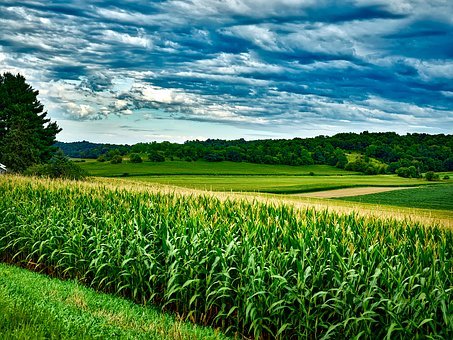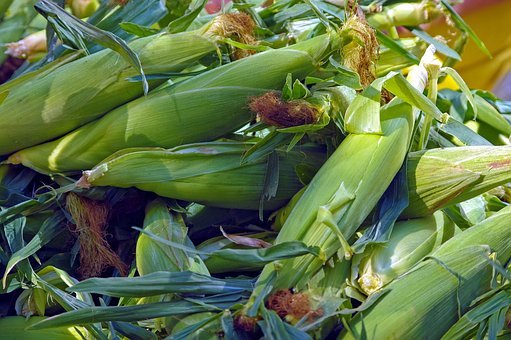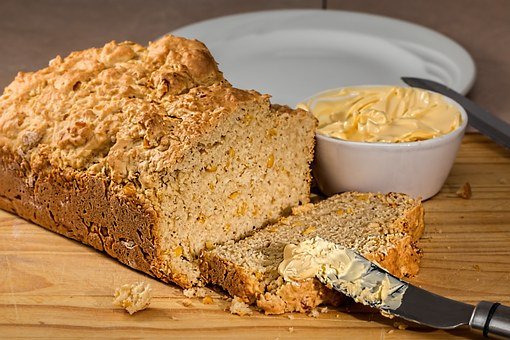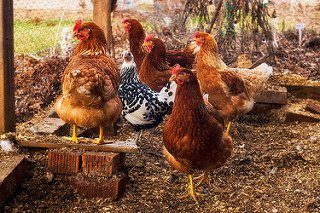Individual and Industrial Uses of Maize Plants

[License: Public Domain]: Pixabay
Today, I have decided to blog on food related topic. This is because we are gradually approaching the planting season, and it is important for us to cultivate different types of food crops in order for us to have sufficient foodstuffs for individual and commercial needs. Perhaps, checking our stores or stored ventilated bins, we have discovered that the food materials we saved for future use are almost running out of stock or they are totally exhausted. Some of us who still have it left in the store have noticed one or two infections caused by rodents or other pests. Hence, we need to replace those damaged items with new ones. This has motivated me to prepare for this succeeding composition on the individual and industrial uses of the richland crop called 'Maize'.
Maize is botanically referred to as the zeamays. It belongs to the class of *Angiosperm (that is, flowering plant) and the subclass of monocotyledonal in the family of Graminae. It is an annual plant with different height. The height varies from two (2) metres to five (5) metres. It has a lateral vegetative branches and upright solid stem. It possess buds and internodes. That is, the leaves are alternate and have well pronounced mid-ribs with three types of roots, namely; the seminal roots, fibrous roots and the prop roots.
The seminal roots consists of roots that emerge during germination and the fibrous root arises from the nodes of the stem below the soil when the plumule has emerged from the soil. While the prop roots arise from the nodes immediately above the ground which help to support the stem. With this support, the plant grows to maturity and produce white grains, yellow grains or red coloured grains depending on the varieties used during cultivation.

[License: Public Domain]: Pixabay
The maize plant is valuable, the stalk, leaves, silk, cob and kernels all have a commercial value, that of the kernel being the largest. It is used mainly as a staple human food, a feed for livestock and as a raw material for many industrial products. As a staple human food, maize was the major food source of the ancient civilizations of the western hemisphere such as the Aztecs, Mayas and Incas. Today, in many parts of the world, maize is the most important foodstuff and provides the daily bread for the population of the poorer rural areas. Maize is suitable for bread-making as it is deficient in gluten. Flat cake, corn meal, corn homing, grits and corn flakes are other examples of food products made from maize for human consumption.

[License: Public Domain]: Pixabay
Maize is used for the production of livestock feed. It is the cheapest and most palatable carbonaceous feed for animals such as pigs, cattle, sheep and poultry. The pork industry depends almost entirely on maize. Most of the maize crop is fed to livestock as grain, silage or fodder on the farms where it is produced. It is very palatable to farm animals because of the large amount of oil in the seed and it remains unequaled for fattening cattle. The grains are relatively high in fat and starch, but is low in proteins and it is therefore essential to feed it together with proteinaceous feed to provide a balanced diet.

[License: Public Domain]: Pixabay
Maize is also used as raw materials by different industries for production. Corn starch, corn oil, corn syrup and corn sugar are the major industrial products obtained from maize. Corn starch is used as a laundry stiffener for clothes. The starch is also employed in the manufacture of abestors, ceramics, dye, plastic oil clothes and linoleum. Corn syrup is used in shoe polish, glassine paper, rayon and in the tabasco industry corn sugars find their use in explosives. Maize cobs when cooked under pressure with acids produce fur fur all compound used in the production of adiponitrile (nylon), in the refining of diesel, vegetable and lubricating oils, in the refining of butadience and in the manufacture of plastic. Maize cobs are used for the production of pipes, chemicals, plastic and for livestock feed. The leaves are even used as a livestock feed and as a cigarette wrappers. The cob husks are used for making matting hats and fillings for mattresses. The stalks and leaves are sometimes used for making papers, paper board and well board.
In conclusion, maize is very useful as we have seen in this blog. Hence, we should plan on cultivating maize in the upcoming farming season, not only for individual consumption, but for commercial purposes.
For further reading...
Corn. Retrieved 10th January, 2019
Maize in human nutrition. Retrieved 10th January, 2019
Akinsanmi C. (1975); Certificate Agricultural Science. Longman Group Limited, London.
Images are from flickr and pixabay, all licensed under creative commons and eligible for commercial use
This post has been voted on by the SteemSTEM curation team and voting trail in collaboration with @curie.
If you appreciate the work we are doing then consider voting both projects for witness by selecting stem.witness and curie!
For additional information please join us on the SteemSTEM discord and to get to know the rest of the community!
Congratulations @cutymeni! You have completed the following achievement on the Steem blockchain and have been rewarded with new badge(s) :
Click here to view your Board
If you no longer want to receive notifications, reply to this comment with the word
STOPTo support your work, I also upvoted your post!
Do not miss the last post from @steemitboard:
I'm amaized at all the things that are made of maize :)